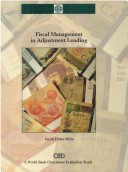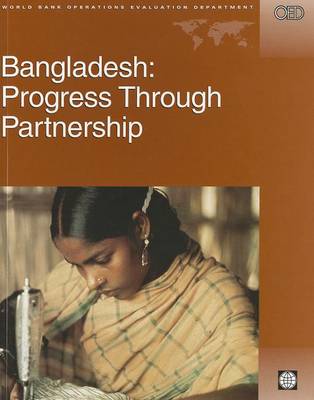World Bank Operations Evaluations Study
4 total works
Reducing poverty is the central development challenge in Bangladesh. This poverty assessment addresses several basic 'counting the poor' questions: Who are the poor? How numerous are they? Where do they live? What are the characteristics of poor households? How should we measure poverty? Has poverty declined? Has inequality increased? In answering these questions this poverty assessment constructs a poverty profile for Bangladesh. Although poverty has declined in Bangladesh in the 1990s, the remaining challenges are enormous. This report is part of a long-term process of capacity building and mainstreaming of poverty analysis in Bangladesh. Its findings suggest five pillars of a possible poverty reduction strategy: * Accelerating economic growth * Promoting education for the poor * Investing in poor areas * Improved targeting of public expenditures and safety nets * Forming further partnerships with NGOs Discussions with stakeholders, NGOs, the government, poverty researchers, and other donors in Bangladesh arising from this report will help to build support for an action plan and more detailed policy and institutional changes for faster poverty reduction.



